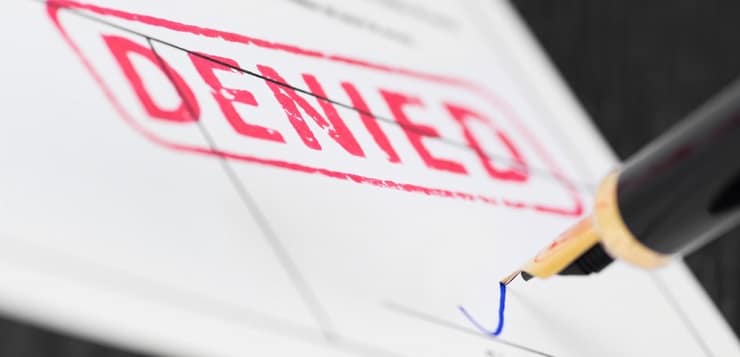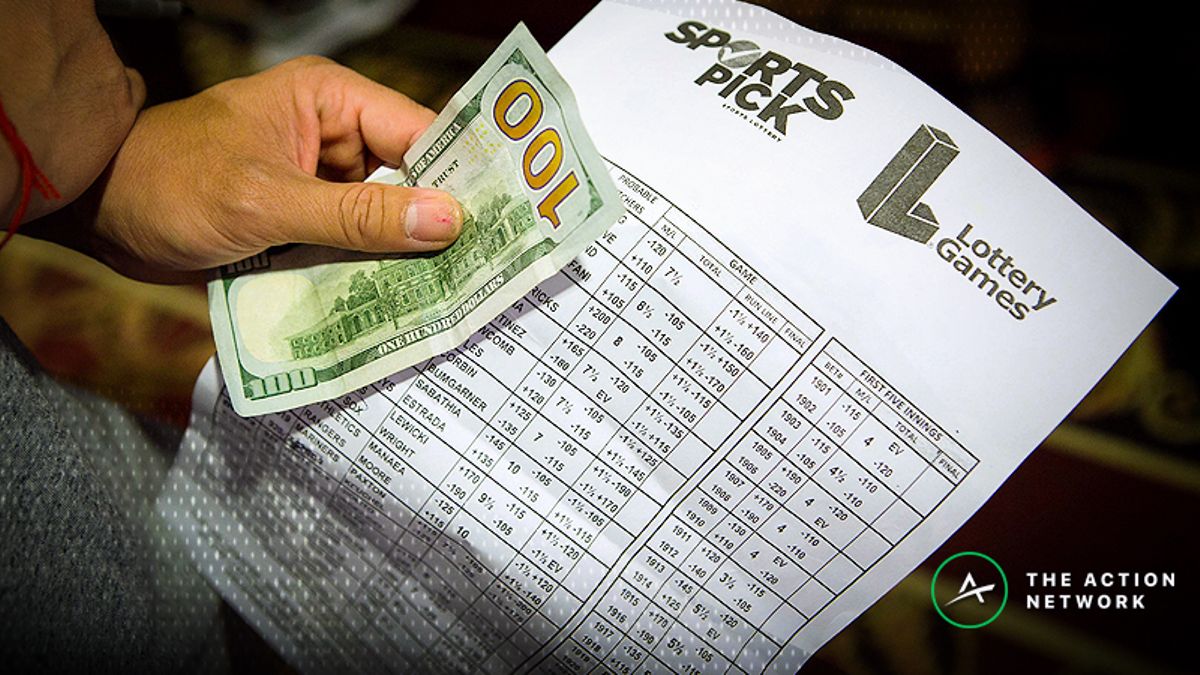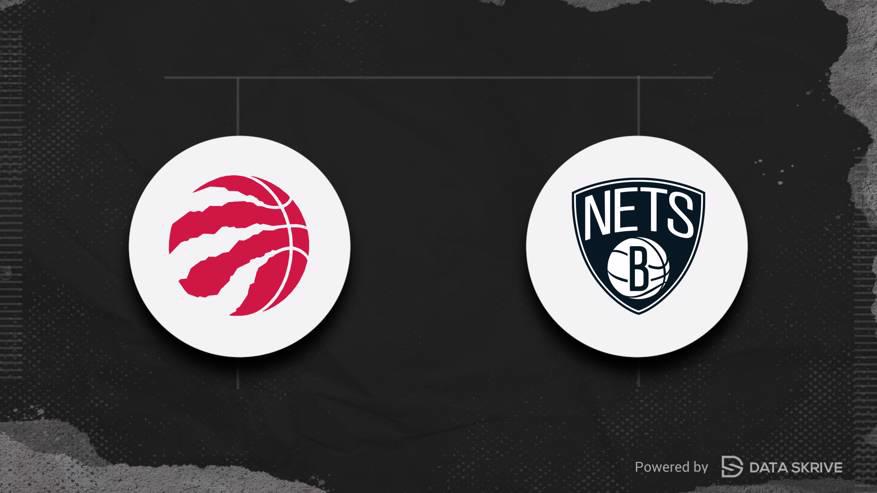Tip Casino Cashier
Step 1: Understand the job description and responsibilities of a Cage Cashier - Casino
What does a Cage Cashier - Casino do?
Tip Your Casino Cashier. Cashiers need love, too.
For games with live dealers, you can average about 15-20% of the amount you spent on your chips during your entire session. You can either tip outright or tip by placing bets for your dealer. For games without a live dealer, such as video poker or slots, tip the cashier or slot attendant who assists you. There's usually a difference in the level of service you get from a $25 dinner versus a $250 dinner, so it makes sense to base the tip on the tab. At the slots, however, there's not much difference between the service you get from a $1,200 handpay versus a $4,000 handpay. On a $9,560 jackpot, I think a tip of $100 to $200 is fine. Jackpots for all.
A Cage Cashier - Casino handles financial transactions including exchanging cash for casino tokens, performing credit checks, and cashing checks. Accounts for all transactions and balances books to ensure accuracy. Being a Cage Cashier - Casino requires a high school diploma or its equivalent. Typically reports to a supervisor. To be a Cage Cashier - Casino typically requires 1-3 years of related experience. May be entry level if some experience in the skill. Gains or has attained full proficiency in a specific area of discipline. Works under moderate supervision.
A job as a Casino Cage Cashier falls under the broader career category of Gaming Cage Workers.
Is Gaming Cage Worker the right career path for you? Take the MyMajors Quiz and find out if it fits one of your top recommended majors.

All casinos have what is called a cage area that acts as the financial hub for the casino.
It is in this area that most large financial transactions occur, including issuing lines of credit to customers as authorized by credit managers or other casino executives.
Cage cashiers are responsible for recording cash coming into the cage area from a variety of sources or drops.
Casino Cashier Pay
Casino Cashier Job Description
Good cashier training is critical to your business running smoothly. The benefits of well-trained cashiers include more accuracy and less fraud, a balanced cash drawer at the end of the shift, shorter lines, and happier customers.
So it’s important to provide comprehensive cash register training for any employee who might use a point of sale or process payments. The cash register training tips below will help you train cashiers for better efficiency, smoother onboarding, fraud reduction, and handling angry customers effectively.
Get Started with Square Point of Sale.
Point-of-sale software designed to grow with you.
Cashier training tips for efficiency
Well-trained cashiers not only process payments quickly and correctly, but they also provide a friendly face for your brand. The following cash register training tips help streamline the checkout process, which is good for customers and your business’s bottom line.
- Use a point of sale (POS) that’s easy to use and can be tailored to your business. Square’s secure, free POS app is designed for speed and ease of use, and runs on Apple and Android devices.
- Select a POS register that syncs flawlessly with your software to create an effortless process for your customer
- Purchase a bar code scanner if you have high product volume.
- If you use paper receipts, show your cashier how to load a new receipt roll and let them practice so they don’t fumble while ringing up a customer. Or better still, switch to a POS with digital receipts.
- When giving change, train cashiers to hand customers coins first and then bills. If you put coins on top of bills, they can slide off onto the floor.
Cash register training tips to improve onboarding
A well-thought-out cashier training helps your new cashiers operate the register with confidence, giving them the tools they need to take customers’ payments and reduce their reliance on other staff.
- Have your best cashier run your cash register training and let your new hires shadow them before they’re given the reins.
- Run your business with point-of-sale software that’s intuitive to use. (Check out the video of how Jack’s BBQ in Nashville switched to Square’s POS overnight and knocked out cashier training in 30 minutes.)
- Run your cashier training during a slow time in the day. Practice making purchases, going through the entire payment flow. Have each new hire cancel transactions to practice issuing refunds.
- Cover less frequent transaction types, like selling or redeeming gift cards and accepting personal checks, as part of your cash register training.
- Give cashiers a sheet with PLUs to take home and memorize.
Cash register training tips to reduce fraud
Casino Cashier Salary
To protect your business, your cashier training should include money-handling best practices and tips to reduce fraud.


- Explain how much money is in the float at the start of each shift as well as the process for counting money at the beginning and end of each shift. For example, who unlocks the safe and who signs off on the money?
- Many businesses set expectations that if the cash register is more than $3 under or over what it should be, there’s an investigation. Decide your business’s tolerance for cash shortages and communicate it to your cashiers.
- Create a cash-handling policy and have your cashiers sign it.
- Teach the basics of how to spot counterfeit money in your cashier training.
- Inspect all bills larger than $20 for signs of counterfeit. (Interestingly, $20 bills are the most counterfeited denomination in the U.S.)
- Always dip chip cards. If you swipe EMV chip cards, your business could be on the hook for some kinds of fraud.
- Have a credit card processing system that checks the CVV for keyed-in payments to help guard against cloned magstripe cards.
- If your drawer is full of new bills, crinkle them a little to avoid accidentally overpaying a customer.
- It’s good practice for cashiers to say a bill’s denomination out loud when a customer hands it to them. (“Out of twenty?”) This helps avoid honest mistakes and fraud. (“Wait, I gave you a fifty!”)
- Similarly, if it’s not too busy, it’s a good idea for cashiers to count change back to customers. (“That’s ten, fifteen, sixteen dollars and ten cents.”)
- Use a POS that lets you manage employee access so more sensitive business information is password protected and only accessible to managers or certain senior employees. Square’s point of sale and retail POS system has secure employee permissions.
- Teach the rules of PCI compliance. This is especially important if cashiers accept credit card information over the phone or keep paper records. To make sure you’re compliant, use a secure system like our Card on File payments or Virtual Terminal to safely store or bill credit cards for repeat clients.

Cashier training tips for handling angry customers

Despite your staff’s best efforts, sometimes things go wrong with your POS or cash register and customers get angry. Have a clear, approved way of handling upset customers.
Take cues from Nonviolent Communication, a communication technique that focuses on active listening and empathy. During cash register training, discuss the process and role play — first with the new hire as the angry customer and the experienced cashier demonstrating how to defuse the situation. Then switch roles. Offer constructive feedback afterwards.
These tips will help your staff handle angry customers:
- Stay calm. This is a tough one, especially if someone is yelling at you. Take deep breaths and remember not to take it personally.
- Be an active listener. Angry customers have something to get off their chest, so before jumping in with solutions, hear what they have to say. Use good, open body language, including sitting or standing up straight with your arms uncrossed, and maintain good eye contact.
- Echo and get clarification. Repeat the customer’s key complaint back to them so you make sure you understand what they’re unhappy about. (“So I’m hearing you say that you bought a muffin here and when you took it home you noticed it was moldy. Is that right?”)
- Empathize. Put yourself in the customer’s shoes and let them know you understand how they feel. (“That sounds really frustrating. If I was looking forward to eating something I’d just bought and it was already bad, I’d be really annoyed, too.”)
- Apologize. Say you’re sorry, even if their complaint seems trivial. It’s a big deal to them, otherwise they wouldn’t be upset about it, and you want to keep them as a customer. (“I’m so sorry this happened to you. Let’s see what we can do to make it right.”)
- Offer a solution. The solution will depend on the severity of the problem and your business’s policies. If someone bought a product that didn’t work, you can give them a refund or offer them a similar product to replace it. In the case of the muffin, you can offer them a fresh one and throw in a free coffee. You can also ask the customer what they would like you to do to help make amends. (Know what you’re allowed to offer on your own and what you’d need manager approval for.)
- Know when to get help. If the situation escalates, get a more senior employee, such as the shift manager, to help resolve things.
- Take a breather. Once the situation has been taken care of and the customer has left, it’s a good idea to take a couple of minutes to calm down. A few minutes of down time, like a walk around the block or a quick chat with coworkers, can help you bounce back emotionally and feel ready to get back to helping customers.
Now that you’re armed with these cash register training tips, you should be able to organize a comprehensive cashier training and get your new hire quickly up to speed and ready to accept payments.